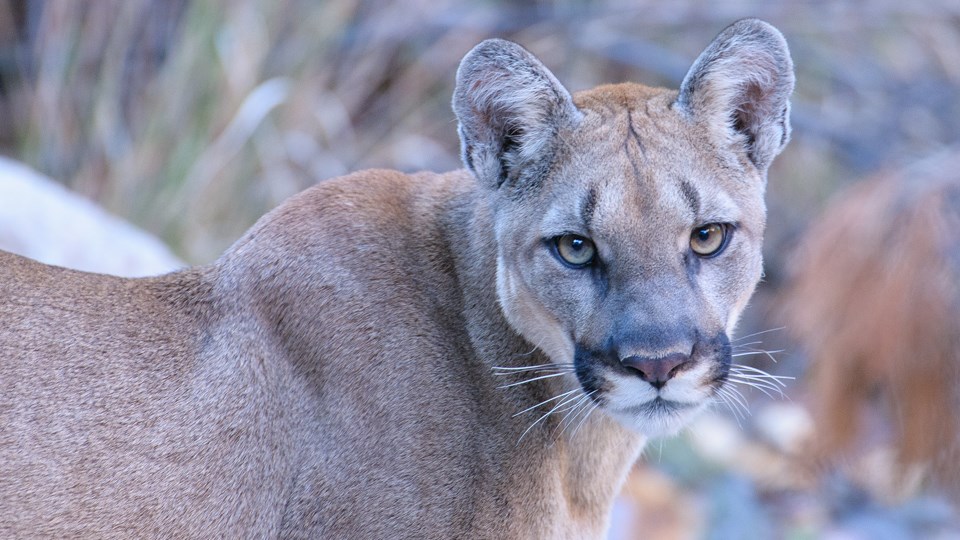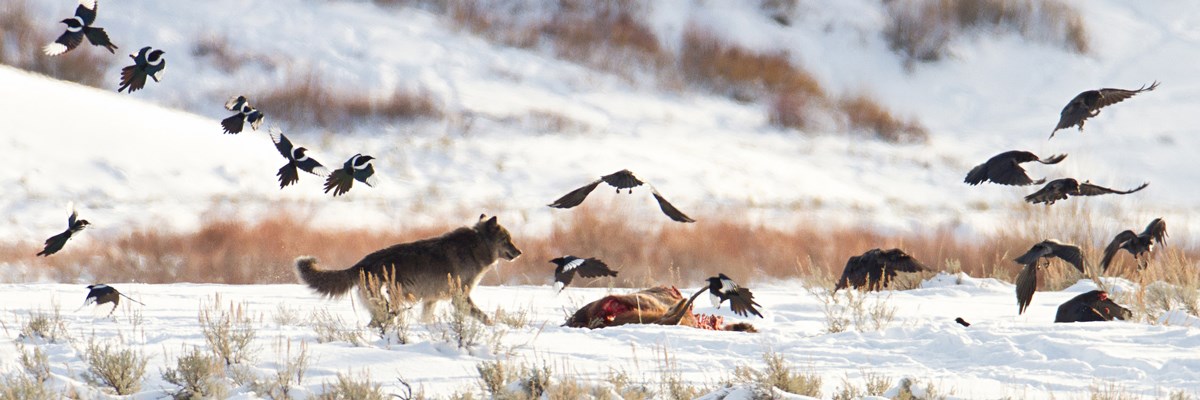Keep Your Wits About You to Survive Wild Animal Attacks
Editor’s Note: This is a companion piece to How to Avoid & Survive Bear Attacks. Why? Because there are other dangerous animals out in the woods, that’s why!
The internet is rampant with the idea that wild animals are really harmless and ultimately want to be our friends and that animal attacks are rare. The reality is that they are wild animals and exist more on instinct and survival mode than they do on the desire to be liked. While this may seem harsh, it is important that anyone entering a wilderness area understand that wild animals can be dangerous. The unwillingness to accept this has cost people their lives. From a tourist jumping into a polar bear pen to swim with them to wildlife advocates determined to prove grizzly bears are not dangerous, all have provided lethal results. Admire wildlife for their beauty and majesty, but respect the dangers they present. Animal attacks happen, and they happen a lot.
In North America, we have a substantial number of dangerous animals. The ability to understand the danger they present is the first step to avoiding a problem altogether.
Big Cat Attacks

Mountain lions are the largest cat in North America. Once found in all 48 continental states, they are now mainly found in the Midwest and western states. Also known as cougars or pumas, they can weigh as much as 220 pounds and can be almost 8 feet from nose to tail. They are undeniably one of the apex predators in North America. Looking for signs of big cats can help you avoid a dangerous confrontation:
- Tracks: Many people confuse dog tracks for mountain lion tracks, and vice versa. The primary characteristics of a mountain lion print are three distinct lobes on the bottom of the pad. Four-toe prints with no claws or nail imprints. This is the best way to distinguish it from canines.
- Scat: Mountain lion waste resembles that of a common house cat but on a larger scale.
- Signs of animal attacks: Mountain lions are known to drag their prey off into high brush or other areas to feed.
- Sounds: While mostly quiet, mountain lions have been known to make some vocal sounds. When they do, it often sounds like a person whistling or a bird chirping. When they growl, they sound like an overgrown house cat.
Savage Wolves

The wolf is one of the most storied and legendary creatures of the woods. The source of unlimited tales and myths, the wolf has earned a place in the psyche of the human race. While not as common as they once were, there are still regions that maintain a large number of wolves. Unlike the average house dog, wolves are large and resourceful predators. Many males can weigh close to 100 pounds and have over 400 pounds of bite force. They are nothing to be trifled with. By keeping your eyes open and being aware you can avoid an unpleasant encounter with a pack:
- Tracks: While they may resemble the tracks of large dogs, they will be almost in a straight line with very little side-to-side printing.
- Scat: Wolf scat will be similar to domesticated dogs, but will usually have hair and bones from its prey present.
- Kill sites: Wolf kill sites are easy to distinguish. The area around the kill will generally have many wolf tracks with multiple trails going in and out of the site.
Big Game: Deer, Elk, Moose & More
While one may be skeptical about the idea of being attacked by a deer, elk, or moose, the danger is real. Any animal that feels threatened and has no way to escape will fight. With antlers and sharp hoofs, an attack by any of these animals can turn from comical to dangerous, if not lethal. Signs of large herbivores follow the same pattern for any wild animal. Be attentive and never try to get closer to any wild animal:
- Tracks: The size of the tracks will depend on the animal. They are hoofed and will have fairly sharp edges.
- Scat: Scat will be fibrous and almost pellet-like. Size and amount will vary depending on the size and species of the animal.
- Sounds: While generally quiet, elk are well known for “bugling,” their mating call.
Stay Alert
Wild animals are naturally interesting and beautiful. Our curiosity will nudge us to get “just a little closer,” maybe to get that one great photo or perhaps just to get a better look. The wild animal on the other end of that thought, however, may perceive you as a threat. At best, they will run off. At worst, you could end up fighting for your life. Being educated and aware of the dangers of wild animals is the best way to help you enjoy the beauty of the outdoors.
Campsite Cooking Safety
Minimize the chance of an encounter with predators by keeping your food in check:
1. Keep your camp area clean of all trash and uneaten food. Food smells, especially meat, will attract the most dangerous of animals.
2. Secure all food (including pet food) in a sealed container, and hang it well above the ground and away from tents. Do the same with your trash until you’re able to dispose of it properly.
3. Don’t take any food into your tent or sleep in the clothes you cooked dinner in. When animals smell a meal they will follow their noses anywhere, even into your bed!
Fight for Your Life
An adult human can never match the strength of an attacking wild animal. With that being said, what you do is important. Let’s look at our options in more detail.
Firearms
If you are serious about backcountry hiking, you are encouraged to carry a defensive firearm. What you carry depends on where you are headed. The bigger the threat, the larger the caliber of weapon you should carry. Generally, pistols chambered in .44 Mag and above are solid choices. The Glock 20 in 10mm is a solid choice because it is lightweight, easy to use, and provides exceptional power. If you have to shoot, fire several consecutive rounds at the animal. Be ready to follow up and escape as soon as possible.
Knives
A knife is generally a part of any backpacking expedition. With a little forethought, it can be an effective weapon as well. Fixed blades are preferable because they are quicker to deploy and have larger blades. One seen on the belts of serious backpackers as well as military members is the SOG SEAL Pup Elite. Sturdy and known for its sharp edge, it is a great choice. If you end up having to use a knife against an animal, it is important to stab it. Slashing will cause pain but rarely causes the animal to break its attack. Good targets are the neck and center torso. Plan on administering multiple fast stabs to drive the animal off.
Defensive Sprays
This is a general term for powerful OC or pepper spray. Similar to those carried for human-centric self-defense, it is effective. If you have spray, point the canister and hit the animal’s face with a full blast. Be conscious of wind direction, as the spray will be just as effective on you as it will be in animal attacks. One of the best on the market is Counter Assault. Carried by many rangers and professionals, it has excellent range and spray duration.
Improvised Weapons
If you only have a branch or empty hands, strike down onto the bridge of the animal’s snout. You can also attack the eyes with sticks, dirt, rocks, or anything possible. You will never overpower the animal. Strive to get them to lose interest in you. The minute you are able, you need to get away.






















